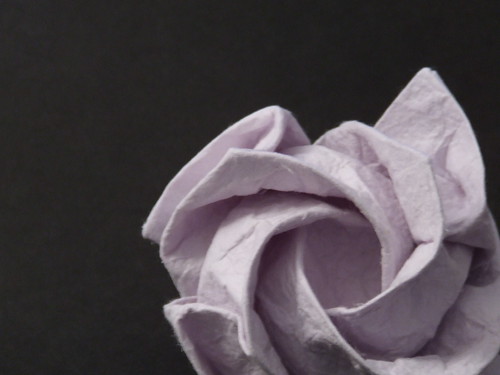How could one define consciousness? It is such a real thing to each one of us, but almost impossible to contrive what consciousness actually
is. In that video, Henry Markram demonstrates his crazy awesome super-computer simulation of a Neocortical Column. While that is impressive, the brain is made up of millions of those neocortical structures which together do indeed give us thought, perception, emotions, and consciousness.
Now in the beginning said video Mr. Markram discusses several different theories asto what our friend consciousness might indeed be. Consciousness is actually a very ambiguous item when you try to define it. When actually does consciousness "begin" and "end"? When you can understand the world around you? Or when you are merely perceiving it with one or more senses?
Another item we need be considering is what thinking is. I believe we could say that thinking is "simulating" a situation in our minds, simply making a decision based on past experiences, or creating an idea. But what is a thought even made of and held, and for that matter, what and how are memories stored and retrieved? One theory upheld by
Cheuk-Wah Wong (quite a fascinating man) is that a unit of thought is a collection of neurons with their connected synapses, known as a Thoughtset. Mr. Wong also theorizes that thoughts and memories are indeed the same, other than the fact that a memory is a thought "frozen" into the brain. This seems like an obvious logical step, but is quite important to develop our understanding of consciousness further.
Thoughtsets consist of two still hypothetical synapse types, the modulation and the content synapse.
A Contentset, is a group of 1000's of content synapses (d'oh) and these are believed to do the actual initiation and maintaining of a thought. Whenever a thought need be transferred to memory, the modulation synapses spring into action and work together with the content synapses to consolidate the thought into a memory. How this occurs is...a little UNKNOWN. But it is believed that our brains do this by:
"inducing expression of genes to change the polypeptides and influxes of the ionic channels in the postsynaptic membranes"
hmmm...that's a little complicated. How about we simplify things a bit. "inducing expressions of genes", so a string of mRNA that contains instructions to "change the polypeptides and influxes of the ionic channels" eesh... well since the ionic channels are responsible for transporting the molecules which create the electrical impulses which Henry Markram has told us are thought. Then we can probably decide that what the Doctor is saying is that the actual charges and ability to pass charges are changed. This way, whenever the synapses are refired the memory will be recalled, yeah? So whenever a thought is being tended, it is usually just stored in the pre-frontal lobe, kept in our "short-term memory". Whenever it is stored in our "long-term memory" (whenever you can remember events and facts hours and days later) the hippocampus is stimulated. We can then safely say that the hippocampus is probably either linking your different senses together into one episodic memory that contains, all perceptions at the time of the memory, or that all the information is simply routed through the hippocampus when it is being stored. My vote is both. And would you look at that! If we examine this very....lofty diagram of the brain from an article by Cheuk-Wah-Wong, you will find that he agrees that the very thoroughly researched
Limbic System is responsible for storing memories.
 |
| What we are interested in is mainly C, but the whole diagram is useful stuff |
So now that we have our memories stored, I think we should take on what consciousness is....herrmmm. Getting to the point sucks. ;) So consciousness, is being aware according to
Mosby's Medical Dictionary, 8th edition (© 2009, Elsevier), is:
a clear state of awareness of self and the environment in which attention is focused on immediate matters, as distinguished from mental activity of an unconscious or subconscious nature.
So we can take that as meaning, you can think, you can know your own thoughts, and at
least know that your environment exists. So only one sense, I guess, is all that is required for this "consciousness". THUS,we can decide that consciousness is the cycle of creating and cultivating new thoughts via stimulus from either the environment or from your own memory, making decisions about these thoughts and memories using other memories and decisions, storing these decisions and thoughts in your short-term memory, and then either recycling those units of thought
~V 1.01~
//If you have any topics you would like to see me write about, drop me a comment

















